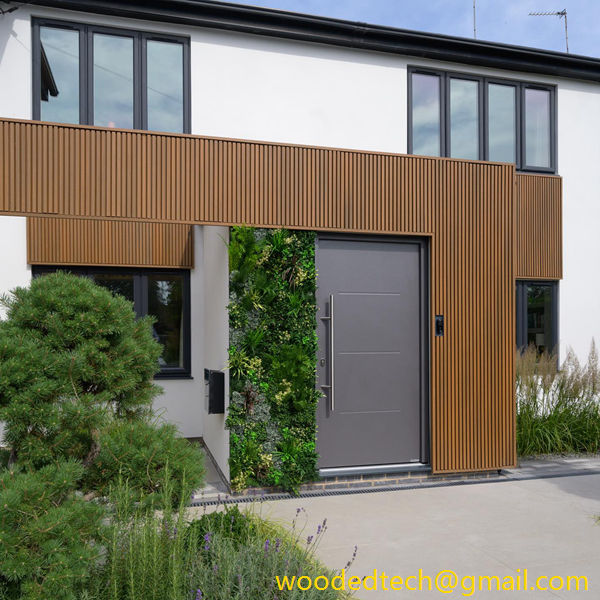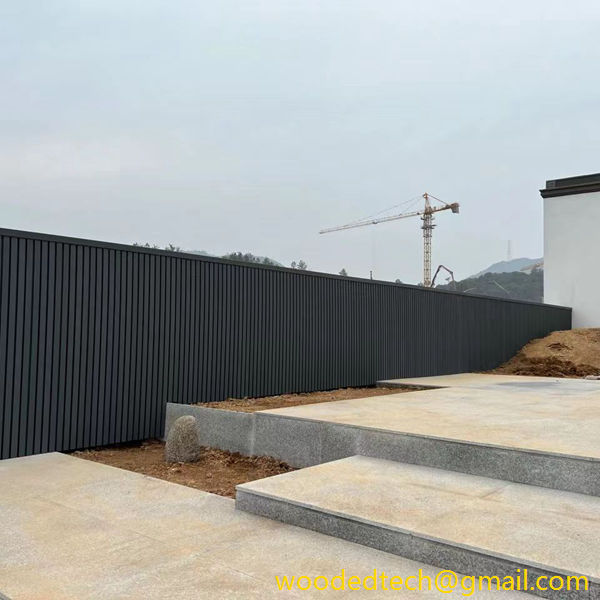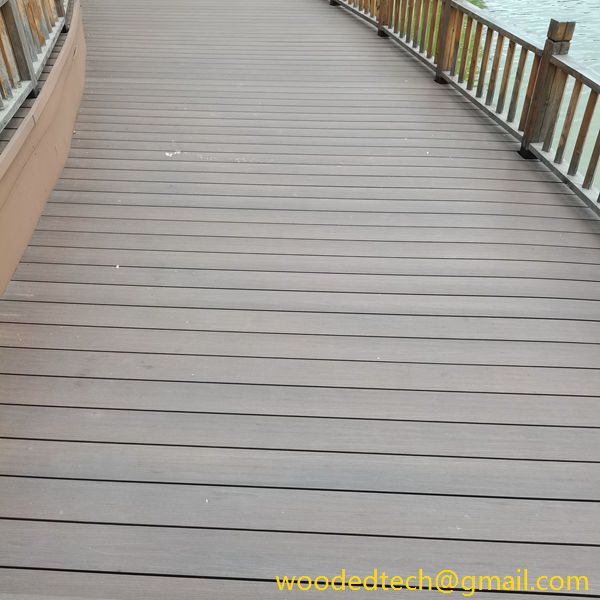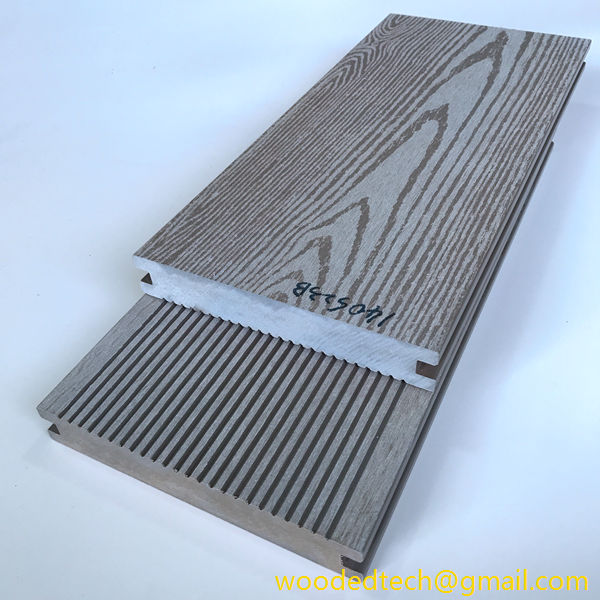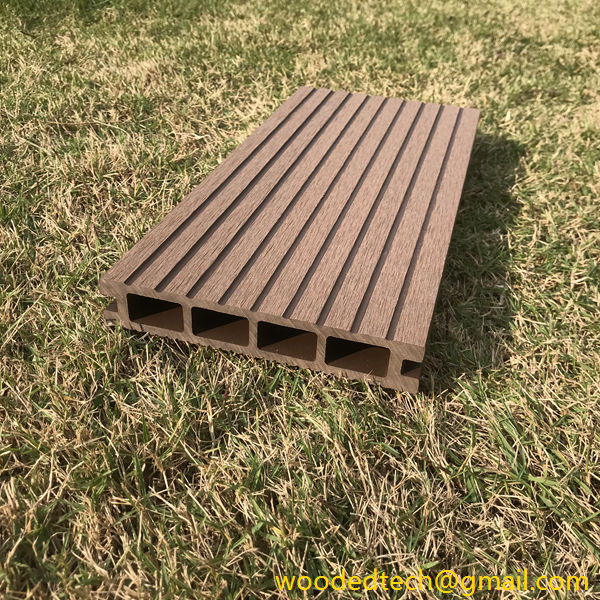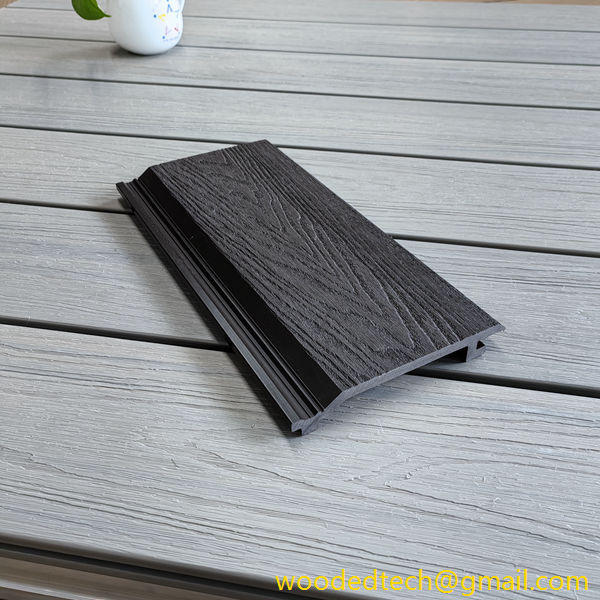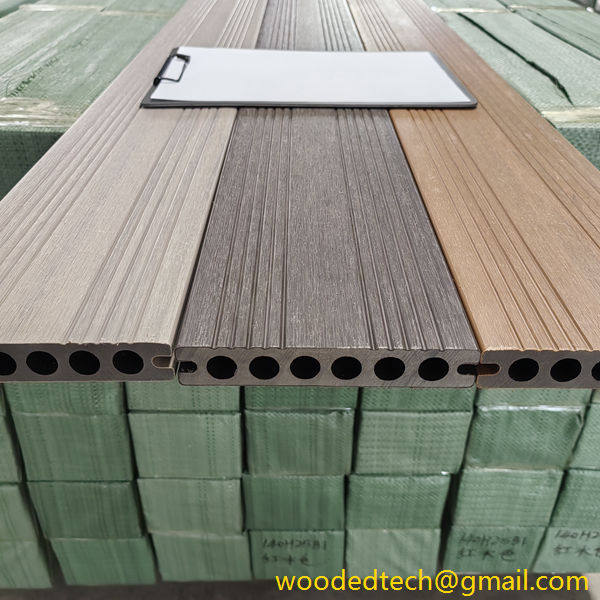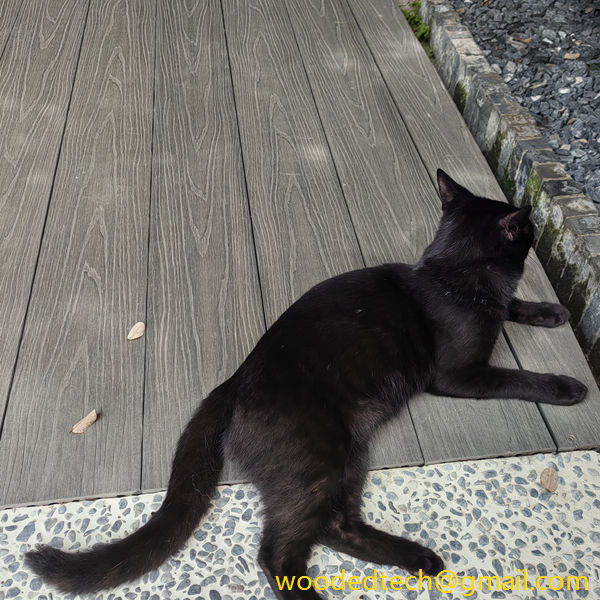Esplorazione di pannelli per pareti esterne a basso costo per progetti economici
Esplorare i pannelli per pareti esterne a basso costo per progetti economici Nel campo dell'edilizia, soprattutto per i progetti attenti al budget, la scelta dei materiali può influenzare in modo significativo sia il costo complessivo che la qualità della costruzione. Uno dei componenti critici della costruzione è il pannello per pareti esterne. Questi pannelli non solo garantiscono l'integrità strutturale, ma...
Esplorazione di pannelli per pareti esterne a basso costo per progetti economici
In the realm of construction, especially for budget-conscious projects, the choice of materials can significantly influence both the overall cost and the quality of the build. One of the critical components in construction is the exterior wall panel. These panels not only provide structural integrity but also play a vital role in the aesthetic appeal and energy efficiency of a building. In recent years, there has been a growing interest in low-cost exterior wall panels that can help developers and builders achieve their objectives without compromising on quality.
The demand for affordable construction solutions has led to the development of various innovative materials and technologies. Low-cost exterior wall panels can be made from a variety of materials, including wood, metal, and synthetic composites. Each of these materials comes with its unique set of benefits and drawbacks, making it essential for builders to carefully consider their options based on the specific requirements of their projects.
Wood is one of the most traditional materials used in constructing exterior wall panels. It is readily available and offers a natural aesthetic that many homeowners find appealing. However, the long-term durability of wood can be a concern, particularly in regions with extreme weather conditions. To address this, treated wood or engineered wood products, such as plywood and oriented strand board, can be utilized. These materials are designed to withstand moisture and pests better than untreated wood, making them a viable option for budget projects.
Metal panels, typically made from aluminum or steel, provide an alternative that is both durable and low maintenance. They are often used in commercial buildings and can be finished in various colors and textures to enhance visual appeal. Furthermore, metal panels are resistant to fire and pests, which can lead to lower insurance costs for the building owner. However, the initial investment for metal panels can be higher than wood, which may deter some budget-conscious builders. Nevertheless, the longevity and minimal maintenance requirements of metal panels can offset the initial costs over time.
Synthetic composites, such as vinyl and fiber-cement panels, are gaining popularity due to their affordability and durability. Vinyl panels are lightweight and easy to install, making them a favorite for DIY projects. They are also maintenance-free, as they do not require painting and are resistant to fading. However, vinyl may not be suitable for all climates, particularly in areas with extreme temperatures where it can warp. Fiber-cement panels, on the other hand, offer a robust alternative that mimics the appearance of wood or stucco. They are resistant to fire, pests, and rot, making them an excellent choice for long-term durability. While fiber-cement panels may have a higher upfront cost compared to vinyl, their lifespan and low maintenance needs can make them an economically sound choice.
When selecting low-cost exterior wall panels for a budget project, builders should also consider the installation process. Some materials require specialized skills and tools for installation, which can increase labor costs. For instance, while metal panels may offer significant benefits, their installation can be complex and may require professional expertise. In contrast, materials such as vinyl or engineered wood can be installed with basic tools, making them more accessible for budget-conscious builders.
Another factor to consider is energy efficiency. Exterior wall panels can influence a building’s insulation properties and overall energy consumption. Panels with higher insulation values can reduce the need for heating and cooling, leading to lower utility bills over time. Builders should look for materials that offer good thermal performance while remaining within budget constraints. Additionally, some manufacturers provide panels with integrated insulation, further simplifying the construction process and enhancing energy efficiency.
Sustainability is also becoming an increasingly important consideration in material selection. Many builders are looking for eco-friendly options that minimize environmental impact. Wood sourced from sustainably managed forests, recycled metal panels, and composite materials made from post-consumer waste are all examples of sustainable choices that can be incorporated into budget projects. By opting for environmentally friendly materials, builders can appeal to a growing demographic of eco-conscious consumers while also contributing to a more sustainable construction industry.
In conclusion, the exploration of low-cost exterior wall panels for budget projects reveals a wealth of options available to builders today. Whether choosing wood, metal, or synthetic composites, each material presents its own advantages that can cater to varying project needs. By carefully considering factors such as durability, installation costs, energy efficiency, and sustainability, builders can make informed decisions that align with their budgetary constraints without sacrificing quality. As the construction industry continues to evolve, embracing innovative materials and technologies will be crucial in meeting the demands of affordable housing and budget-friendly building projects. The right choice of exterior wall panels can lead to successful outcomes that satisfy both financial goals and the expectations of future occupants.

